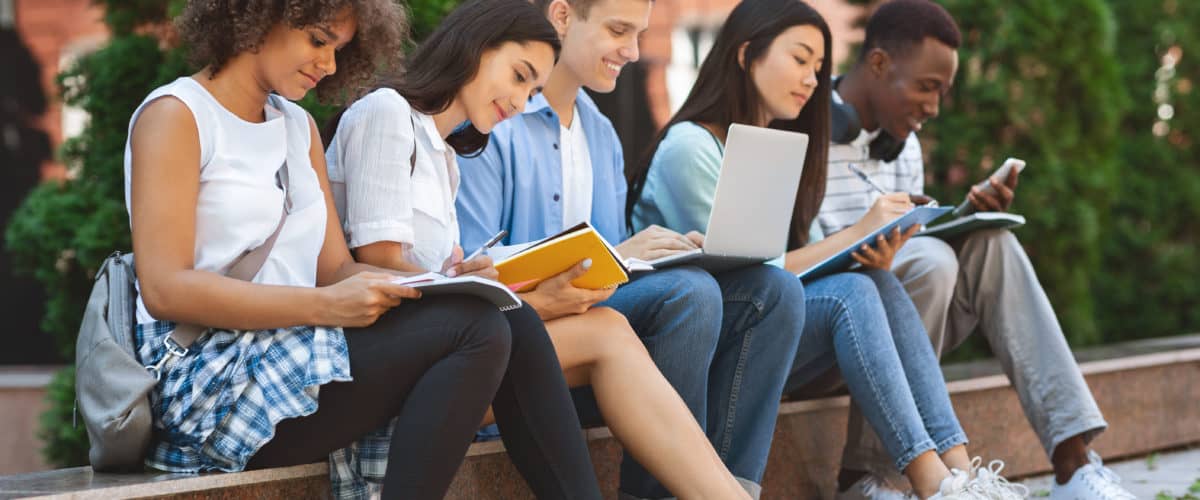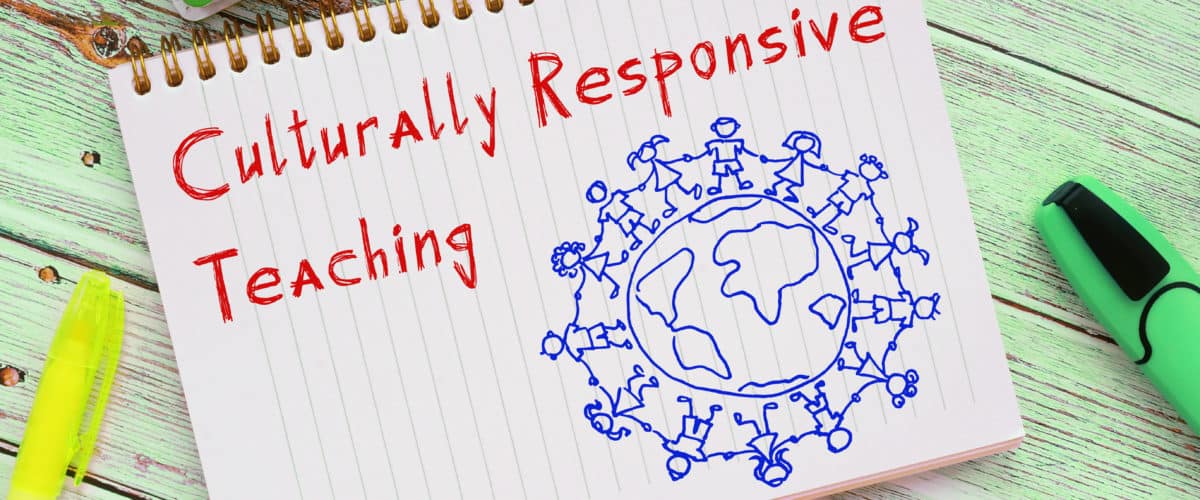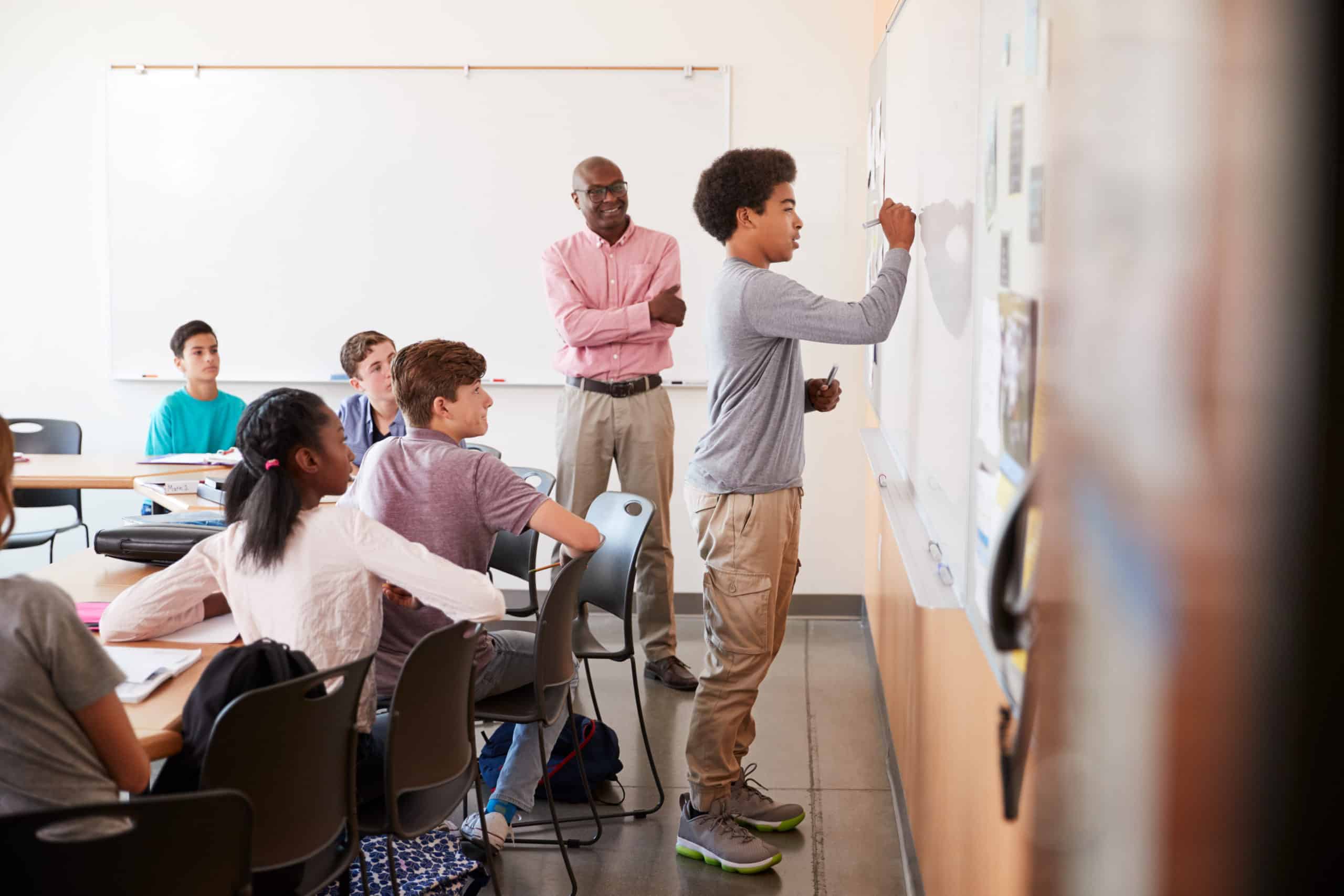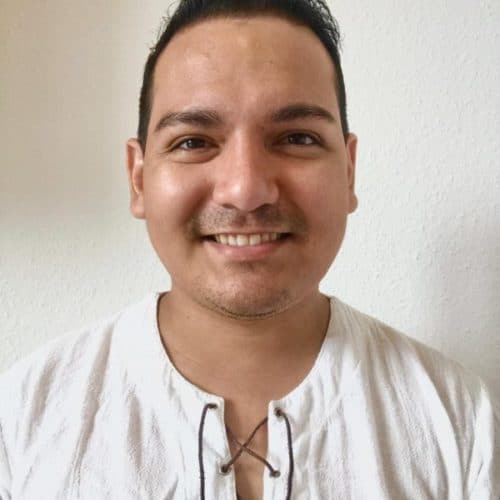Unlike technical concepts, tolerance for diversity can be better learnt if embracing it in real life. Schools must not only aim to promote cultural diversity by word - they must consider culture as an asset for learning. Can this be possible in a classroom? This article explores how Culturally Sustaining Pedagogy boosts students’ learning.
Cultural diversity is visible everywhere, from social media to daily life situations. We are constantly interacting with people from different cultural backgrounds, either at the national level or at the international level. Decades ago, the pursuit of rights and equality for all people regardless of their racial differences encouraged large and polemic social revolutions. And even though society has changed over time, these inequalities are still present. Classrooms are not the exception. Education must work as a means to ensure every learner can play an active role in closing those inequality gaps and achieving social justice. Culturally responsive education is an interesting approach to that pursuit.
Why is culturally relevant for the learning process?
Besides xenophobia and discrimination, there have been historical gaps between majorities and minorities in intercultural classrooms. Cases such as learning disparities between African-American students with respect to White-American students in the United States or between Maori and non-Maori students in New Zealand are just examples of those historical gaps. Many factors explain these disparities. One of them is the teaching practice. Research has allowed concepts such as “culturally responsive teaching” and “culturally sustaining pedagogy” to come to the limelight of attention.

In the past decades, researchers have studied the disparities in learning outcomes in BIPOC (Black, Indigenous, and People of Color) with increasing interest. Between the 1980s and the 1980s, pedagogists and anthropologists discussed which teaching practices were most successful in increasing learning outcomes in culturally diverse learners.
Some interesting experiences were documented. For example, educators Kathryn Au and Cathie Jordan found how Hawaiian school teachers incorporated students’ cultural elements in their reading instruction. An insightful finding was how teachers and students strengthened their reading skills through “talk-story” – a language interaction style typically practiced among the Native Hawaiian communities. These pedagogical adaptations were named “culturally appropriate.” It was not until the 1990s that professor Gloria Ladson-Billings suggested naming them “Culturally Responsive Pedagogy”, after studying the best teaching practices to foster learning outcomes in African-American schools.
From “culturally responsive” to Culturally Sustaining Pedagogy

The scope of Culturally Responsive Pedagogy was to observe students in their communities and match certain aspects of their cultural environment to the curricular contents explored in class. Instead of matching all the curricular contents with their cultural backgrounds, this pedagogy aims to promote meaningful and significant learning for students, especially in classes where students struggle the most. This way, teachers transition from a general “majority-based teaching” to a culturally-responsive approach.
Ladson-Billings’ studies inspired other researchers to explore culturally responsive learning in further depth. One of these researchers, professor Django Paris, suggested that the term “responsive” is not enough for the actual scope of this pedagogy. Instead, he renamed it Culturally Sustaining Pedagogy (CSP). In his words, this pedagogy “embodies some of the best research and practice in the resource pedagogy tradition and as a term that supports the value of our multiethnic and multilingual present and future.”
CSP supports educators and learners in creating meaningful bonds between cultural knowledge and curricular content in diverse, multiethnic, and multilingual classrooms. It challenges the system to embrace and appreciate diversity in the long term – sustainable – aiming for an education that does not “standardize” students. CSP seeks to eradicate the old practice of stereotyping learning success as something only achievable by the majority. A culturally sustaining education allows students to close the historical inequality gaps between majorities and minorities. Therefore, CSP pursues social justice, where students take the lead in closing those gaps.
How to get started with Culturally Sustaining Pedagogy
As explained, becoming culturally sustaining educators involves more than adjusting methodologies and curricular adaptations. Here, there are a few basic steps to start thinking about culturally responsive teaching and some ideas on where to start:
- Develop an assets-based mindset: As suggested by Lexia’s blog, it is worth thinking of every learner as an individual bringing a whole set of strengths, abilities, skills, and values they can contribute to the group. An “assets-based mindset” means to see the potential of contributions that every learner brings with them.
- Get to know your students and their contexts: It is compulsory for a teacher to get to know their students to foster their engagement and build rapport. But this initial rapport is also helpful in getting to know our students’ identities, values, and motivation factors. For example, team building helps students and teachers have fun while getting to know each other. Additionally, allowing students to share their cultural identity with peers can be a strong driver for positive relationships among them.
- Link learning contents with real-life situations: This educational approach allows educators and students to link their learning with their personal lives and cultural identities. From storytelling to hip-hop-based learning, or culturally-based games, the resources and activities developed by countless educators are amazing! So, reading and searching for resources and publications about it might be helpful to get new ideas and adapt them to your classroom.
Regardless of the different names of this educational approach, what matters is promoting every learner’s integral development. Sadly, sometimes the place where a person comes from or their life story defines their access to opportunities, widening these inequality gaps. Thinking of education as a means for meaningful learning is crucial. Schools are not only meant to be places where a person gets prepared to get high scores. They must be places where the narrative of every individual evolves and where learners develop mindsets and skills to overcome inequality. Schools are meant to be where individuals achieve their highest potential and where their individual and cultural diversity drives the social change the world needs.
Photo: Monkey Business Images/Shutterstock
You might also like:
Support us!
All your donations will be used to pay the magazine’s journalists and to support the ongoing costs of maintaining the site.
Share this post
Interested in co-operating with us?
We are open to co-operation from writers and businesses alike. You can reach us on our email at [email protected]/[email protected] and we will get back to you as quick as we can.










